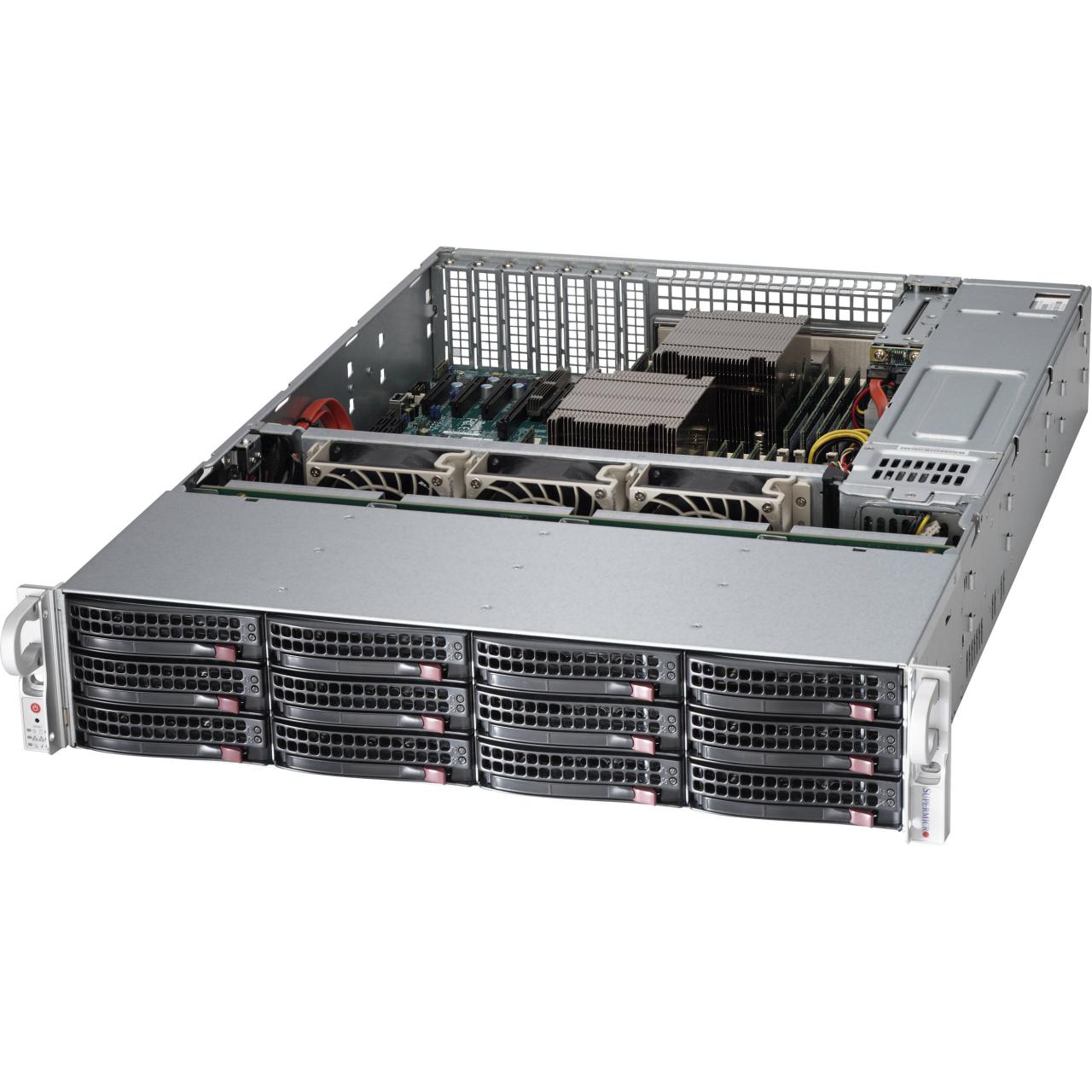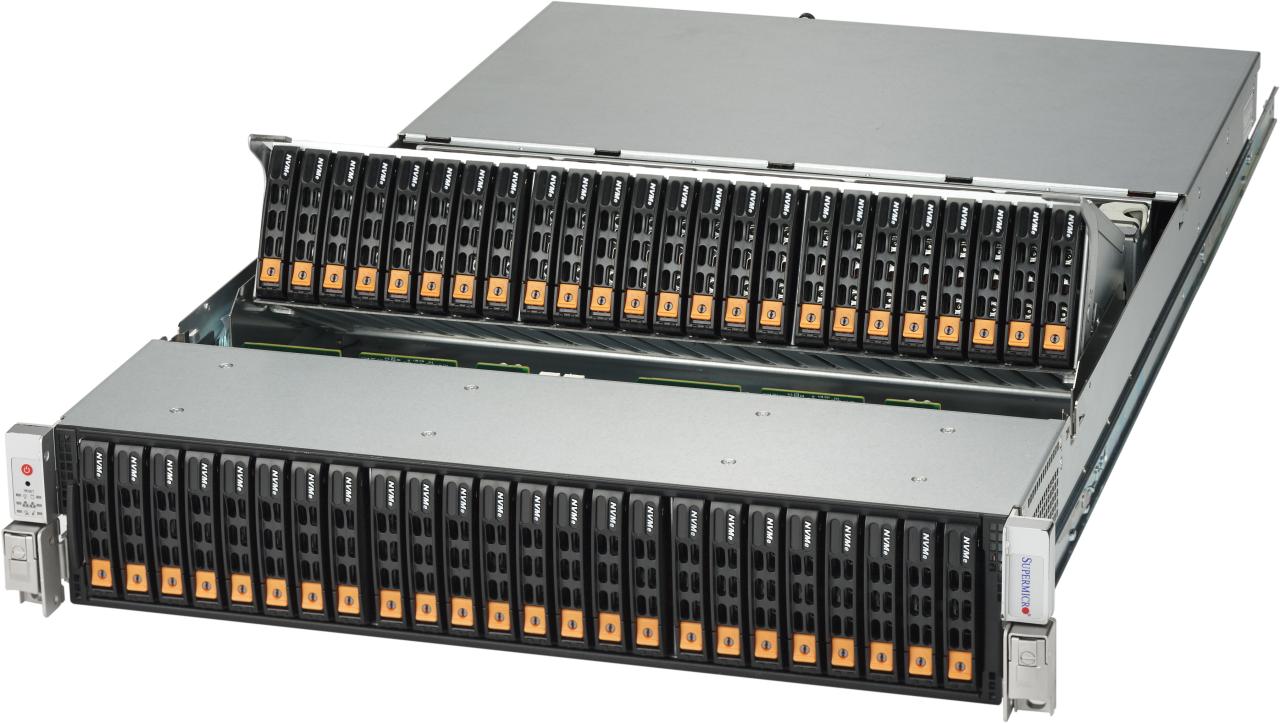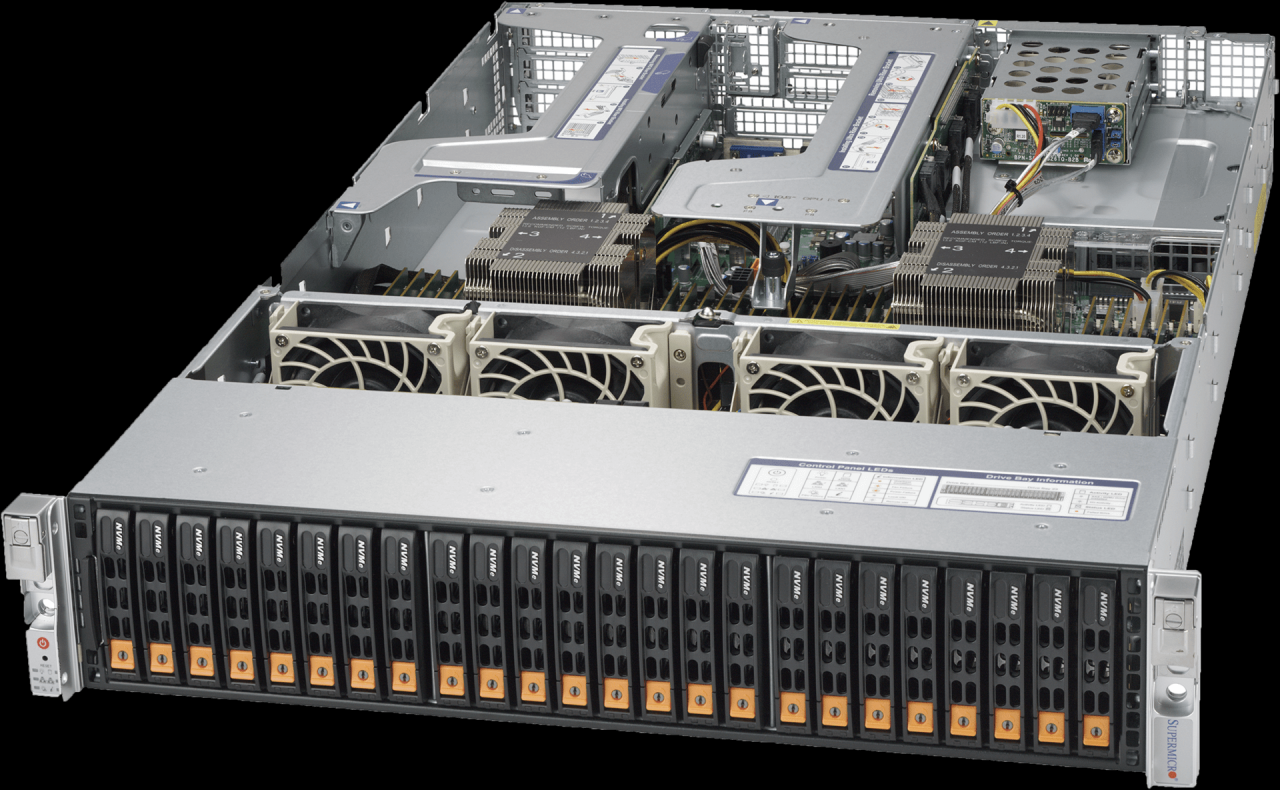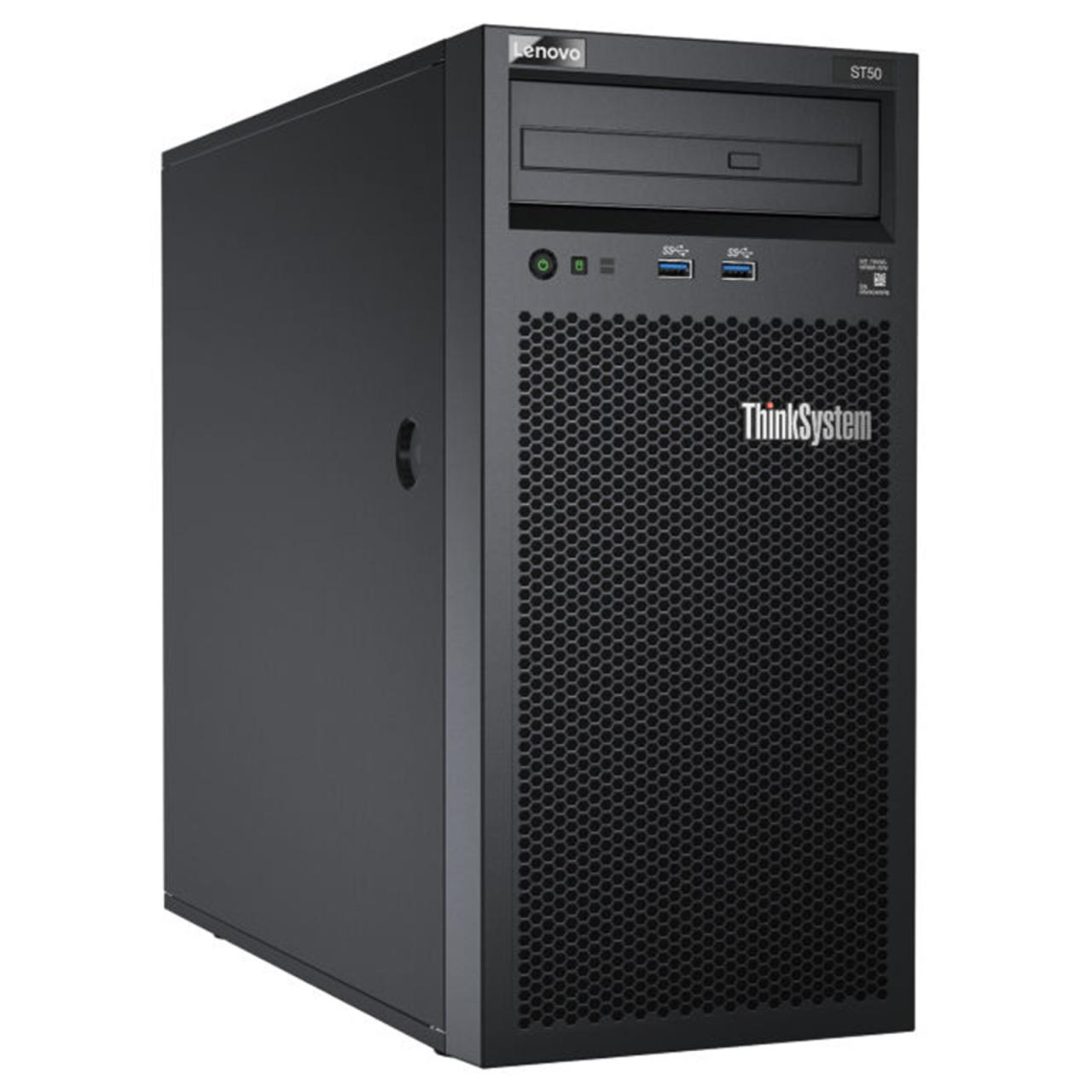Supermicro servers stand as a testament to the evolution of modern computing, offering robust solutions for a wide range of applications. From small businesses to large enterprises, Supermicro servers cater to diverse needs with their exceptional performance, scalability, and reliability.
Supermicro’s commitment to innovation is evident in their diverse server form factors, ranging from compact tower systems to high-density rackmount configurations. They also offer a broad selection of processors, memory, storage, and networking components, allowing users to tailor their systems to specific workloads and requirements.
Supermicro Server Overview

Supermicro is a leading provider of high-performance computing (HPC), enterprise, and cloud computing solutions. Founded in 1993, Supermicro has established itself as a key player in the server market, offering a wide range of products and services to meet diverse customer needs.
History and Evolution
Supermicro’s journey began with a focus on providing high-quality, reliable, and cost-effective server solutions. Over the years, the company has consistently innovated, expanding its product portfolio to include advanced technologies like high-density computing, GPU acceleration, and edge computing. Supermicro’s commitment to research and development has resulted in several industry-leading innovations, such as the development of the first 1U server and the adoption of energy-efficient technologies.
Key Features and Functionalities, Supermicro server
Supermicro servers are known for their versatility, performance, and reliability. Some of the key features and functionalities include:
* High Performance: Supermicro servers are designed to deliver exceptional performance, powered by the latest processors, memory, and storage technologies.
* Scalability: Supermicro offers a wide range of server configurations, enabling customers to scale their computing resources based on their specific needs.
* Flexibility: Supermicro servers are highly customizable, allowing for the integration of different components and peripherals.
* Energy Efficiency: Supermicro servers are designed with energy efficiency in mind, incorporating technologies that reduce power consumption and minimize environmental impact.
* Reliability: Supermicro servers are built with high-quality components and rigorous testing, ensuring maximum uptime and data integrity.
Target Market and Use Cases
Supermicro servers cater to a wide range of customers across various industries, including:
* Enterprise: Supermicro servers are ideal for mission-critical applications in enterprise environments, such as databases, web servers, and virtualization.
* Cloud Computing: Supermicro servers are used by cloud providers to build high-performance, scalable, and cost-effective cloud infrastructure.
* HPC: Supermicro servers are a popular choice for HPC applications, such as scientific research, financial modeling, and machine learning.
* Edge Computing: Supermicro servers are well-suited for edge computing deployments, enabling real-time data processing and analysis closer to the source.
Supermicro servers offer a compelling combination of performance, reliability, and flexibility, making them a preferred choice for businesses and organizations seeking to optimize their IT infrastructure.
Server Performance and Scalability
Supermicro servers are renowned for their high performance and scalability, offering solutions for diverse workloads and demanding applications. This section delves into the performance benchmarks, scalability options, and factors influencing server performance and efficiency.
Performance Benchmarks
Supermicro offers a wide range of server models, each tailored to specific performance requirements. The performance of these servers is measured using industry-standard benchmarks, providing a comprehensive comparison of their capabilities. These benchmarks evaluate various aspects of server performance, including processor speed, memory bandwidth, storage throughput, and network connectivity.
- SPECint Rate: Measures integer performance, crucial for applications like database management and scientific computing. Supermicro servers consistently achieve high SPECint rates, demonstrating their ability to handle complex computations efficiently.
- SPECfp Rate: Evaluates floating-point performance, essential for applications like high-performance computing and simulations. Supermicro servers excel in SPECfp benchmarks, indicating their suitability for demanding workloads.
- STREAM Triad: Measures memory bandwidth, a critical factor in overall system performance. Supermicro servers boast high STREAM Triad scores, showcasing their ability to transfer data quickly between memory and processors.
- IOmeter: Assesses storage performance, including read and write speeds, crucial for applications requiring large data storage and retrieval. Supermicro servers deliver impressive IOmeter results, highlighting their storage capabilities.
Scalability Options
Supermicro servers offer various scalability options to accommodate evolving business needs and growing workloads. These options enable organizations to expand their infrastructure seamlessly and cost-effectively.
- Clustering: Supermicro servers support clustering technologies, allowing multiple servers to work together as a single unit. This enhances performance, reliability, and fault tolerance, enabling organizations to handle larger workloads and provide high availability.
- Virtualization: Supermicro servers are compatible with leading virtualization platforms, allowing organizations to run multiple operating systems and applications on a single server. This improves resource utilization, reduces hardware costs, and simplifies management.
- Expansion Slots: Supermicro servers provide ample expansion slots, allowing users to add additional components like GPUs, network cards, and storage devices as needed. This flexibility ensures scalability and future-proofing, accommodating evolving requirements.
Factors Influencing Server Performance
Several factors influence server performance and efficiency, impacting overall system performance and application responsiveness. Understanding these factors is crucial for optimizing server configurations and maximizing performance.
- Processor: The processor is the brain of the server, responsible for executing instructions and processing data. Higher core counts, clock speeds, and cache sizes translate to faster processing capabilities. Supermicro servers offer a wide range of processor options to meet specific performance requirements.
- Memory: Memory is the server’s short-term storage, holding data that the processor actively uses. Higher memory capacity and speed improve data access times and overall performance. Supermicro servers provide ample memory options to support demanding applications.
- Storage: Storage devices store data persistently, enabling access and retrieval. Faster storage technologies, such as SSDs, enhance application responsiveness and data access speeds. Supermicro servers offer various storage options, including HDDs, SSDs, and NVMe drives, to meet specific storage needs.
- Network Connectivity: Network connectivity enables communication between servers and other devices. Faster network speeds, such as 10GbE or 40GbE, improve data transfer rates and application performance. Supermicro servers provide a wide range of network connectivity options to meet diverse requirements.
- Cooling System: An efficient cooling system is essential for maintaining optimal server performance and preventing overheating. Supermicro servers feature advanced cooling technologies, ensuring stable operation and long-term reliability.
Supermicro Server Pricing and Competition

Supermicro servers are known for their versatility, customization options, and competitive pricing. This section explores Supermicro’s pricing strategies, its key competitors in the server market, and the factors influencing server pricing.
Pricing Strategies and Competitors
Supermicro’s pricing strategy is characterized by its focus on offering a wide range of server configurations at competitive prices. The company caters to diverse customer needs, from small businesses to large enterprises, by offering a variety of options for processors, memory, storage, and other components. This allows customers to select the specific features and performance levels they require without paying for unnecessary extras.
Supermicro’s key competitors in the server market include:
- Dell Technologies: Dell is a leading server vendor known for its broad product portfolio, strong brand recognition, and extensive support services. Dell’s strengths lie in its enterprise-grade solutions and robust ecosystem of partners. However, its pricing can be higher than Supermicro’s for comparable configurations.
- HP Enterprise: HP Enterprise is another major player in the server market, known for its reliable hardware and comprehensive software solutions. HP’s strengths include its strong focus on security and its extensive portfolio of enterprise-class servers. However, HP’s pricing can be more expensive than Supermicro’s, particularly for smaller servers.
- Lenovo: Lenovo is a global technology company that has made significant inroads into the server market. Lenovo’s strengths include its competitive pricing and its focus on innovation, particularly in areas like artificial intelligence and cloud computing. However, Lenovo’s server portfolio is still relatively young compared to its competitors.
- Huawei: Huawei is a Chinese technology company that has rapidly gained market share in the server market. Huawei’s strengths include its competitive pricing, its focus on emerging technologies, and its strong presence in the Asia-Pacific region. However, Huawei’s servers are not as widely available in other markets.
Factors Influencing Server Pricing
Several factors influence the pricing of servers, including:
- Processor: The type and speed of the processor are major determinants of server performance and cost. Higher-end processors, such as those from Intel’s Xeon family, offer increased processing power but come at a premium price.
- Memory: The amount of RAM installed in a server directly affects its ability to handle multiple applications and workloads. Higher memory capacity translates to increased cost.
- Storage: The type and capacity of storage drives used in a server also influence its price. Solid-state drives (SSDs) offer faster performance but are more expensive than traditional hard disk drives (HDDs).
- Networking: The network interface cards (NICs) and other networking components included in a server can also impact its price. High-speed NICs and advanced networking features can add to the overall cost.
- Power Supply: The power supply unit (PSU) used in a server plays a crucial role in its energy efficiency and reliability. Higher-wattage PSUs and redundant power supplies can increase the price.
- Cooling: The cooling system used in a server is essential for maintaining its optimal operating temperature. Advanced cooling solutions, such as liquid cooling, can add to the cost.
- Customization: Supermicro offers a high degree of customization options for its servers, allowing customers to select specific components and features based on their needs. However, customization can increase the price of a server.
Wrap-Up

Supermicro servers are not just hardware; they represent a comprehensive ecosystem designed to optimize performance, security, and efficiency. Whether you’re building a high-performance computing cluster, deploying a cloud infrastructure, or simply looking for a reliable server for your business, Supermicro offers a solution tailored to your specific needs. With their focus on innovation and customer satisfaction, Supermicro continues to shape the future of computing.
Supermicro servers are known for their powerful performance and customizability, allowing you to tailor them to your specific needs. Whether you’re running a demanding application or building a powerful home server, a Supermicro system can handle it. If you’re looking for a more hands-on approach, you might consider setting up a DIY garden to complement your server’s power consumption with fresh, homegrown produce.
No matter your tech needs, Supermicro offers a wide range of solutions to meet your requirements.




